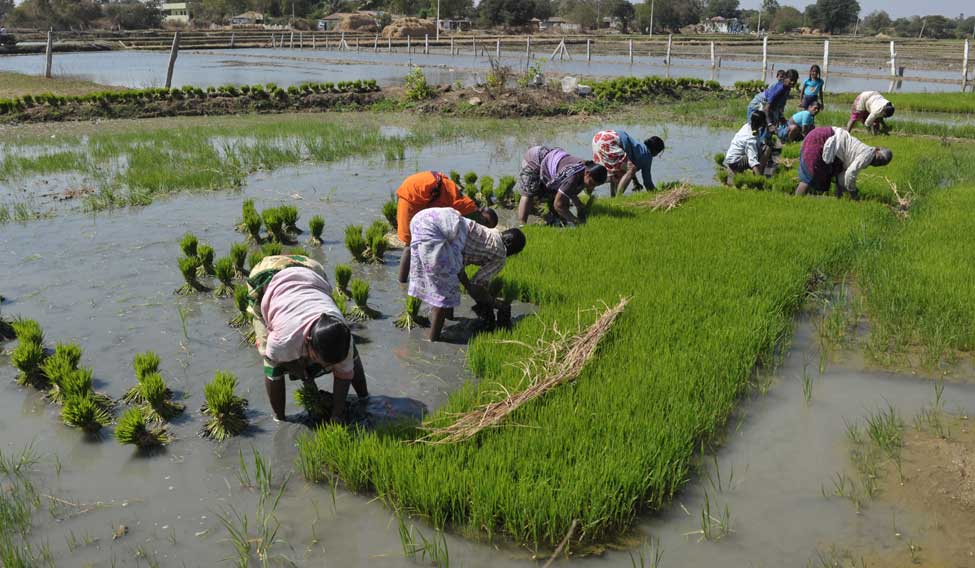When Finance Minister Arun Jaitley presents the annual budget for the coming fiscal on Thursday, he is expected to address the agrarian crisis, resulting in farmer suicides, as his priority. So far, the Prime Minister has focussed on things like soil health cards, Pradhan Mantri Fasal Bima Yojana (crop insurance), Pradhan Mantri Krishi Sinchai Yojana (irrigation), supply of neem coated urea, subsidies to fertiliser and seed companies, so that they sell to farmers at a predetermined low price.
Prime Minister Narendra Modi has promised to double farmers' income by 2022. If a farmer is earning Rs 4000 a month today, he can expect to earn Rs 8000 a month by 2022 if this promise is fulfilled.
The Economic Survey 2018-19 points at a possible 25 per cent fall in farmers' income on account of climate change. So, the same farmer will likely be earning Rs 3000 soon.
It is not clear whether his income will double only up to Rs 6000 a month, and if that doubling will wipe out or even reduce agricultural distress.
But what the farmer wants is a support price that is remunerative. “I lost Rs 60,000 a year on my four acres,” a Tarn Taran based farmer Kripal Singh said in February, 2017 as he queued up outside a bank for cash, in the backdrop of demonetisation and elections in Punjab. Farmers like him are not allowed, and cannot transport their produce to a place where they will get a remunerative price. It is only to the nearest mandi that he can head, and hope it will be procured at the Minimum Support Price (MSP). “Most often, we get less. There is one excuse or the other...either the grains are wet, or they are small, or the quality not good. So, we get less than that,” he elaborates pointing out that they have to wait for at least two or three days at the mandi.
The idea of hedging farmers against such a situation by a “Price Deficit Financing Scheme” has found favour with the Modi government. Introduced by the Madhya Pradesh government to deal with distress sales, the scheme is about government paying farmers the difference whenever the market price falls below the MSP.
The Shanta Kumar Committee on restructuring the Food Corporation of India, in its report tabled in January 2015, has pointed out that only 6 per cent of Indian farmers are able to sell their produce to government agencies, and the rest are “either unaware or lack access to the MSP system.”
Budget 2018-19 can help if it makes for mandis within 20 kilometres of radius.
But another thing to note is that all these subsidies are available only to farmers who sow as the government, through the agriculture departments in the state, wants them to. If there is a bumper crop, there is a crash in the market, and if there is a shortage, the farmer does not have the luxury of taking his produce to a market, where the price is high! Free market in agriculture is only for the traders and not for the farmers.
Coming back to the question of farmers' income being doubled. Food policy analyst Devinder Sharma says doubling their income does not guarantee farmers sustenance, but a minimum monthly income does.
For the prime minister's promise on doubling farmer's income to be meaningful, Modi has got to fix a income floor as well.






